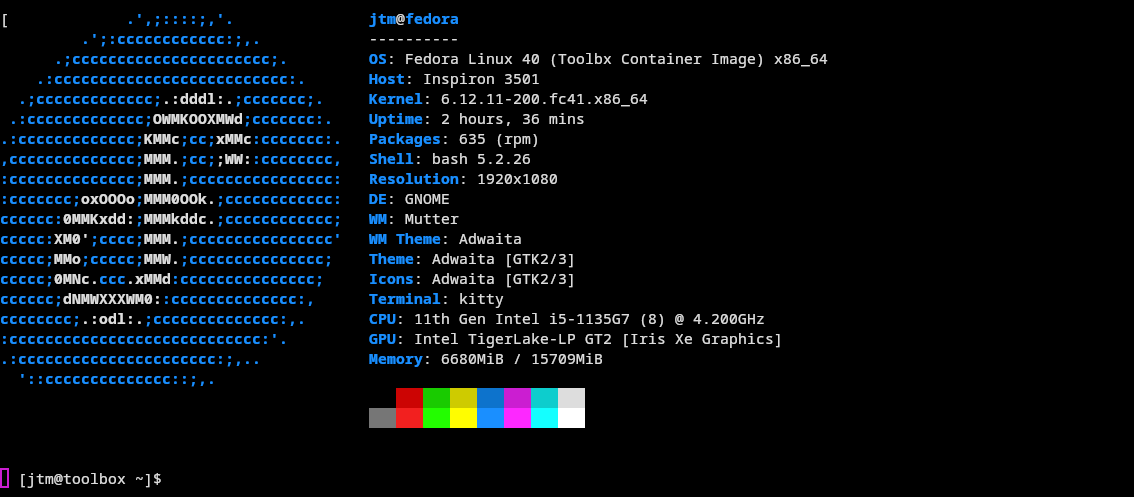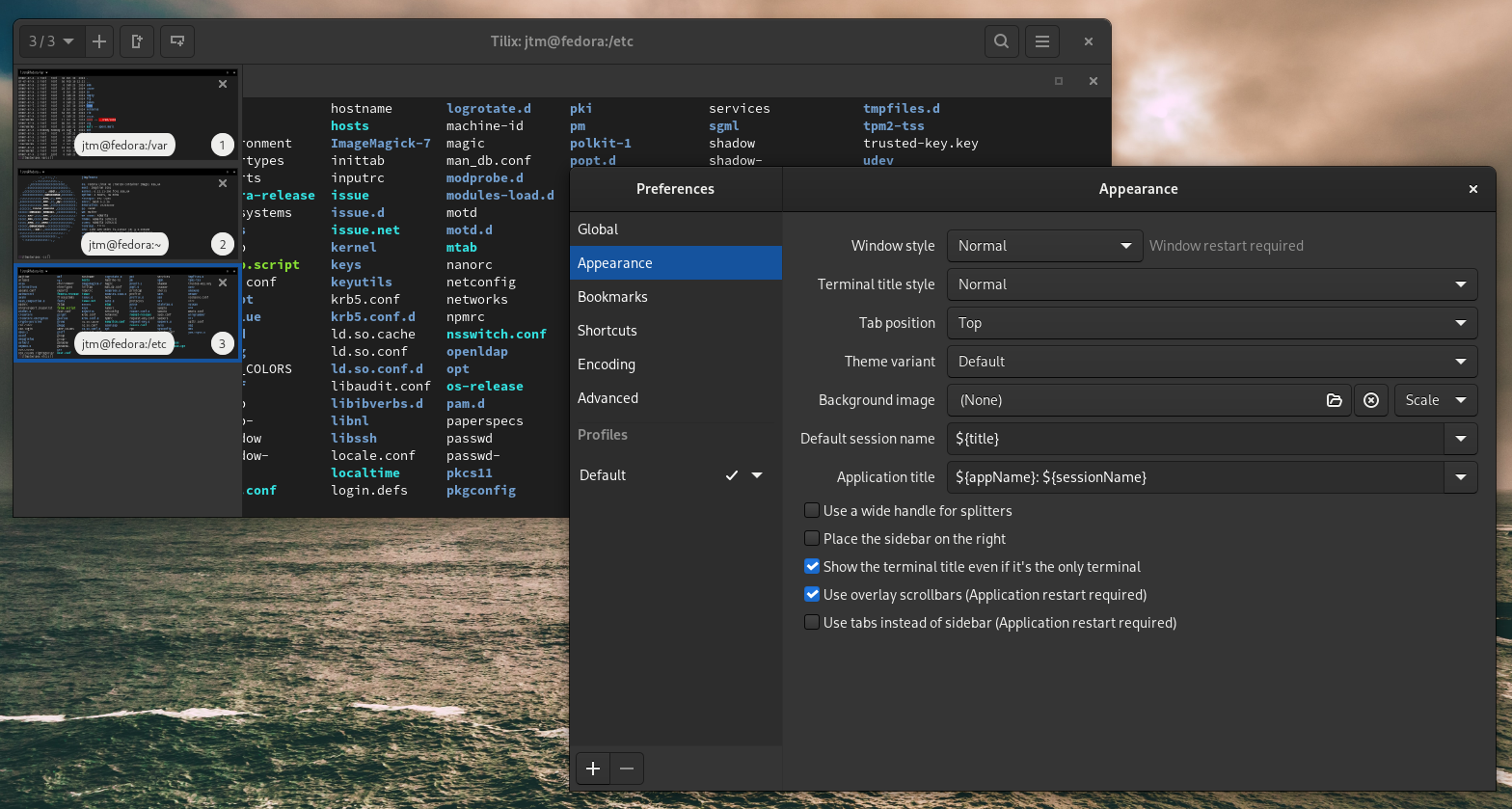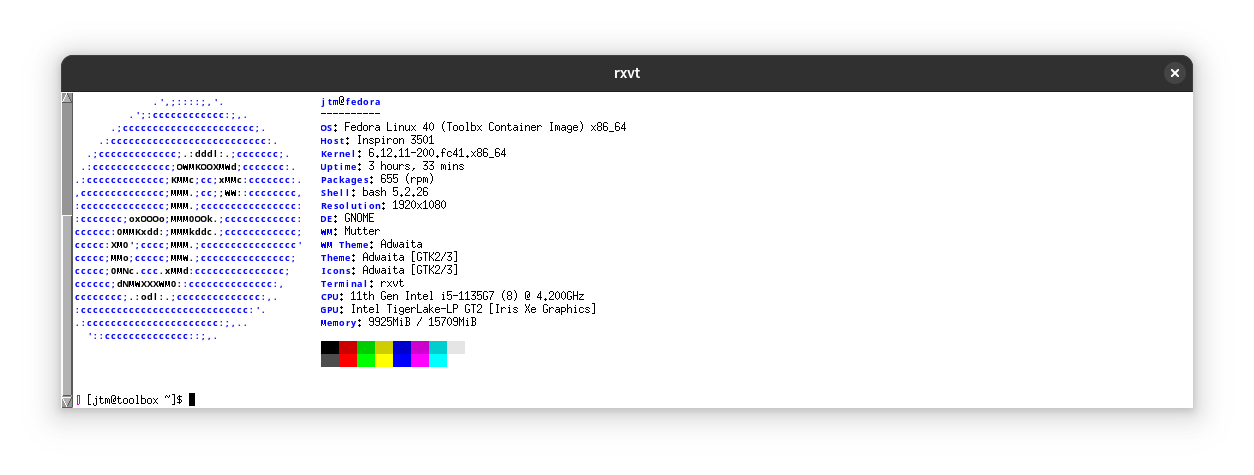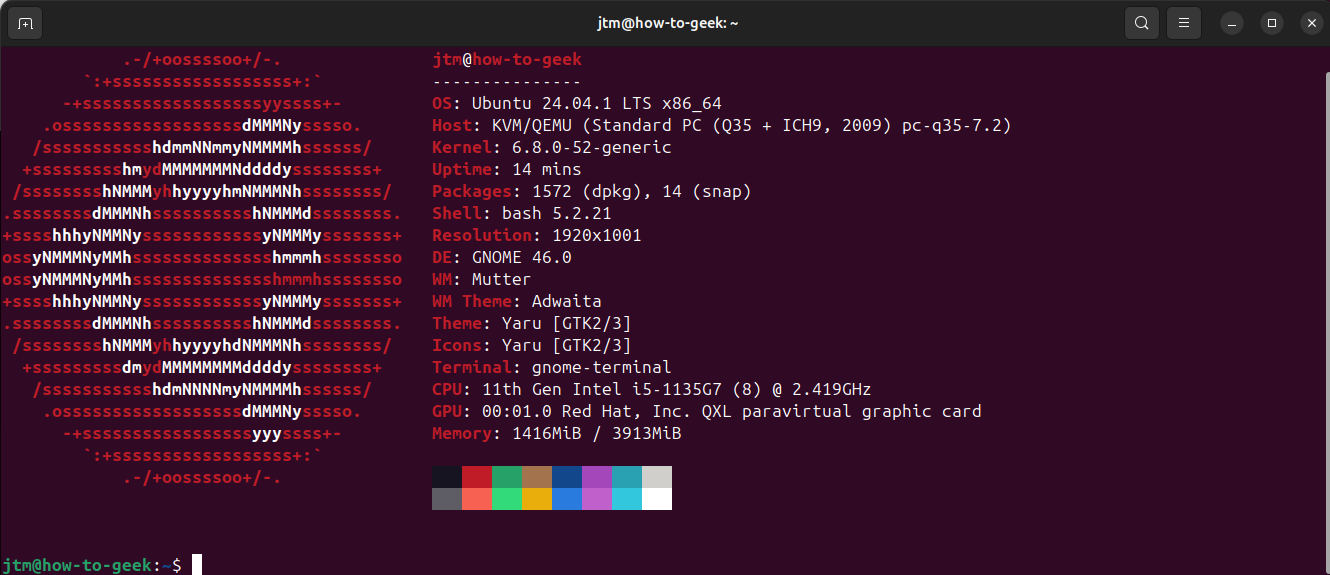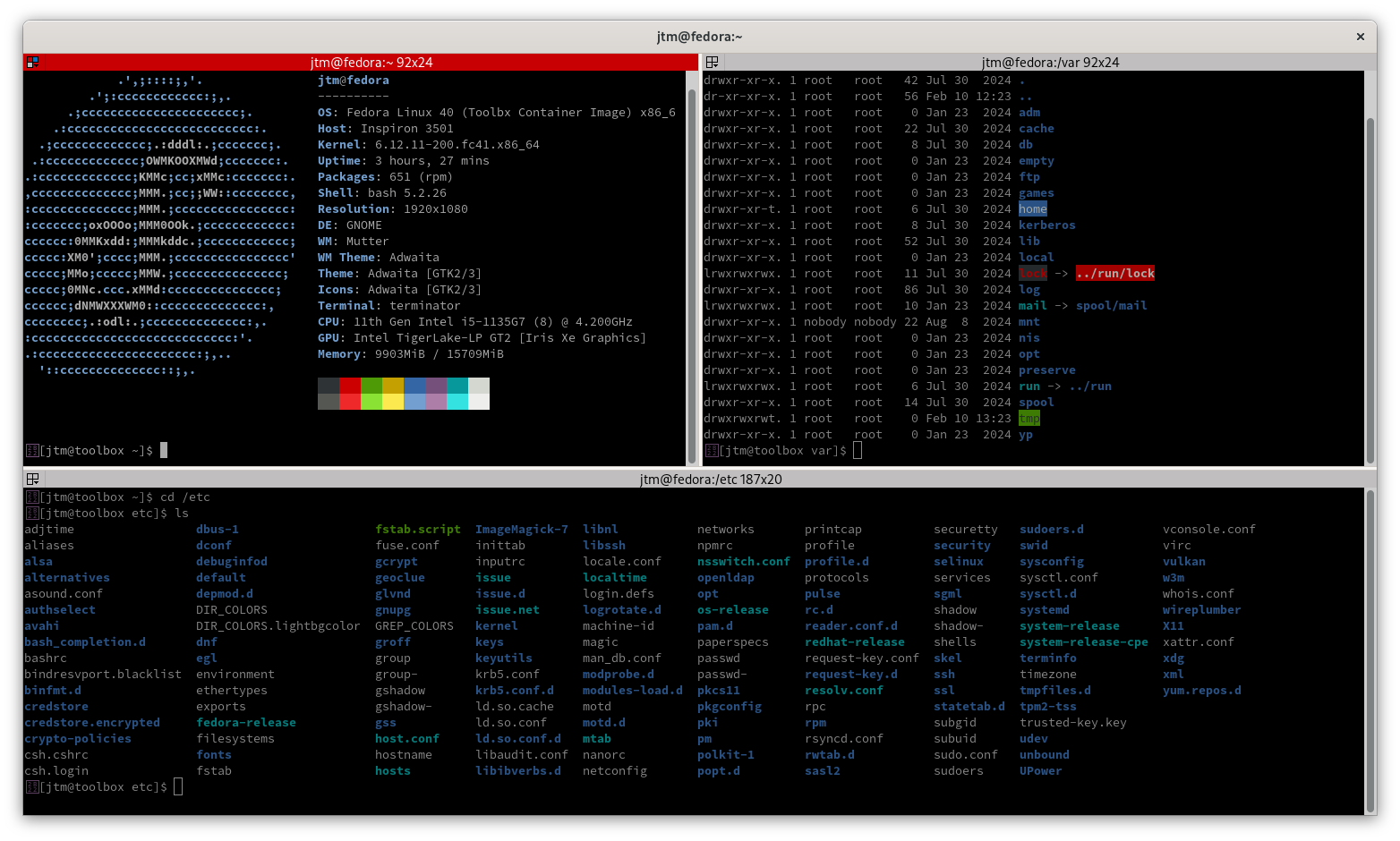One of the most striking things about Linux is the sheer number of terminal emulators available. There are dozens, each offering different features, philosophies, and levels of customization. This naturally leads to the question: Why are there so many choices?
5
Historical Evolution of Linux Terminals
The origins of terminal emulators date back to the early days of Unix. In the 1960s and 1970s, users interacted with computers using physical teletype (TTY) machines and later video terminals such as the VT100. As Unix systems became more advanced, software-based terminal emulators were developed to replicate these hardware interfaces.
When Linux emerged in the early 1990s, users required terminal emulators to interact with the system. Early distributions featured simple terminal programs, but as Linux grew in popularity, so did the demand for terminals with more capabilities.
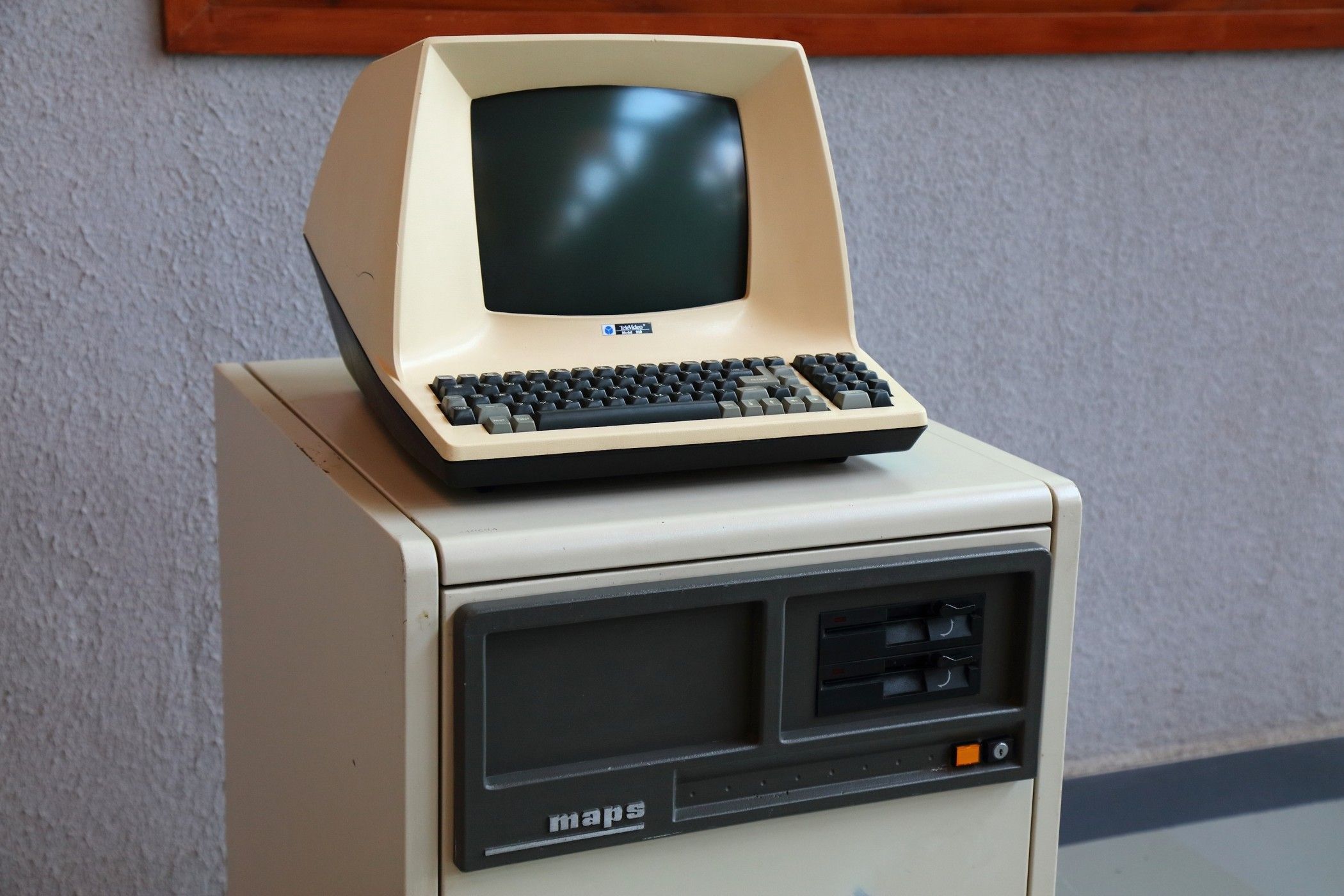
Related
From Teletype to Terminal Window: The 3 Eras of Unix Terminals
The history of Unix terminals in alive in Linux today.
The introduction of the X Window System (X11) in the 1980s and its adoption by Linux systems in the 1990s paved the way for graphical terminal emulators. This allowed developers to create terminals that supported multiple windows, advanced rendering, and better integration with graphical user interfaces. Over time, this led to the explosion of different terminal emulator projects, each catering to unique user needs.
4
Different User Needs and Preferences
Not all Linux users have the same requirements from their terminal emulator. Some prioritize performance, while others seek customization, lightweight solutions, or advanced features. This diversity in needs has led to the development of numerous terminal emulators, each with its own strengths.
Performance-Oriented Terminals
Some users prioritize speed and responsiveness, particularly developers and sysadmins who frequently work with terminals. Emulators like Alacritty and Kitty use GPU acceleration to improve rendering speed and reduce latency.
Customization and Theming
Many Linux users enjoy customizing their workflow. Terminals like Konsole (KDE’s terminal) and Tilix allow for extensive theming, font adjustments, and scripting, making them ideal for those who want to tailor their experience.
Lightweight vs. Feature-Rich Terminals
Some users prefer minimalist terminals that consume minimal resources, such as XTerm and rxvt-unicode (urxvt). On the other hand, users who require advanced features—like split panes, session management, and tabbed interfaces—gravitate towards options like Terminator and Tilix.
Keyboard-Driven vs. Mouse-Friendly Workflows
Power users who favor Vim-style keyboard navigation prefer terminals like Kitty, which allow extensive keyboard control. In contrast, more mouse-friendly terminals, like GNOME Terminal, cater to users who prefer a traditional point-and-click experience.
Support for Tabs and Multiplexing
Some users need terminals that support multiple sessions within a single window. Tilix and Terminator allow users to tile multiple terminal instances within the same interface, while tools like tmux provide terminal multiplexing within a single session.
3
Different Backend Technologies
Not all terminal emulators are built the same way. The backend technology that powers them significantly affects performance, features, and compatibility.
VTE-Based Emulators
Many modern terminals rely on the GNOME VTE library, which provides a common backend for handling terminal emulation. Examples include GNOME Terminal, Tilix, and XFCE Terminal. This shared framework allows for consistency but also limits unique innovations in these terminals.
GPU-Accelerated Terminals
Newer terminals like Alacritty, Kitty, and Ghostty take advantage of GPU acceleration for rendering. This results in smoother performance and better handling of complex outputs. These are particularly popular among developers and power users who need fast scrolling and real-time output rendering.
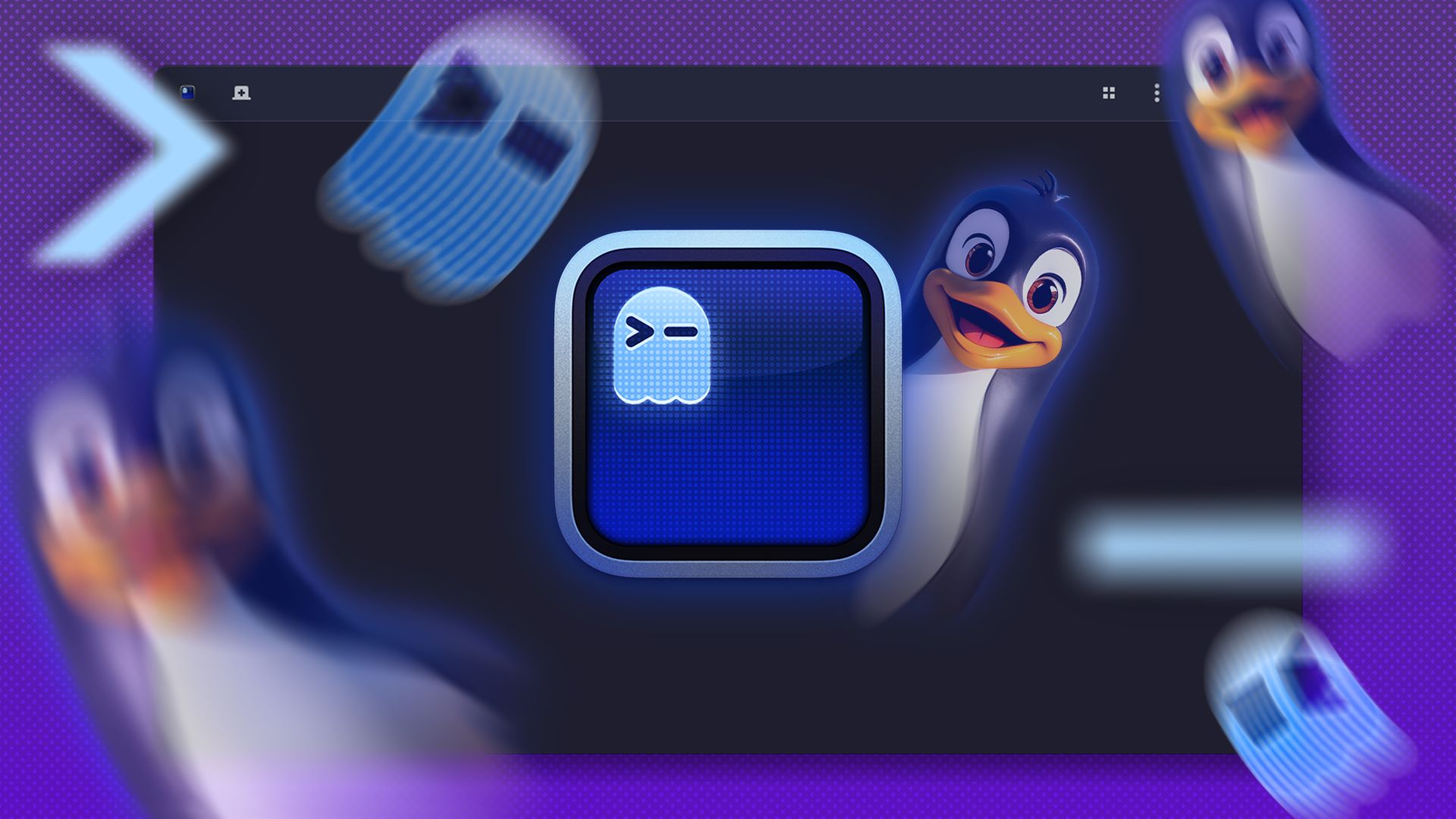
Related
Standalone Implementations
Some terminals, like XTerm and rxvt-unicode (urxvt), have their own completely independent implementations. These tend to be lightweight but often lack some of the modern features found in newer terminals.
2
Desktop Environment Integration
Many Linux desktop environments (DEs) bundle their own terminal emulators to provide a seamless user experience. These terminals are designed to integrate well with their respective DEs, offering features like color schemes, copy-paste shortcuts, and clipboard integration.
GNOME Terminal is the default for the GNOME desktop environment, ensuring compatibility with its UI/UX philosophy. Konsole is optimized for KDE Plasma, featuring deep integration with KDE’s window management and settings. XFCE Terminal provides a lightweight option tailored to the XFCE desktop, balancing speed and usability.
Using a DE-specific terminal ensures a consistent look and feel across applications, but many users still prefer third-party alternatives for additional features.
1
Developer Innovation and Experimentation
One of the biggest reasons for the abundance of Linux terminal emulators is the open-source nature of Linux itself. Anyone can take an existing terminal emulator, modify it, and create something new. This has led to a thriving ecosystem where developers experiment with different approaches to terminal emulation.
Open-Source Freedom
Since Linux encourages customization, developers often create terminals to fit their specific needs. Some projects start as personal tools but gain widespread adoption.
Experimental Features
New terminals often introduce innovative features, such as AI-assisted command completion in Warp, GPU rendering in Kitty, or novel UI layouts in Tilix.
Passion Projects Turn into Popular Tools
Many terminal emulators began as side projects but evolved into essential tools. For example, Alacritty started as an experiment in GPU-accelerated terminal rendering and is now widely used.
The vast number of Linux terminal emulators exists because of the platform’s flexibility, diversity of user needs, and the open-source culture that encourages innovation. Some users want speed, others need customization, and many prefer seamless desktop integration. The presence of different backend technologies and the passion of developers further drive the creation of new and improved terminal options.
Ultimately, this variety is a strength rather than a drawback. With Linux, you have the freedom to choose a terminal that best fits your workflow, whether they prioritize performance, features, or simplicity. The best way to find the right terminal is to experiment and discover which one enhances your Linux experience the most.
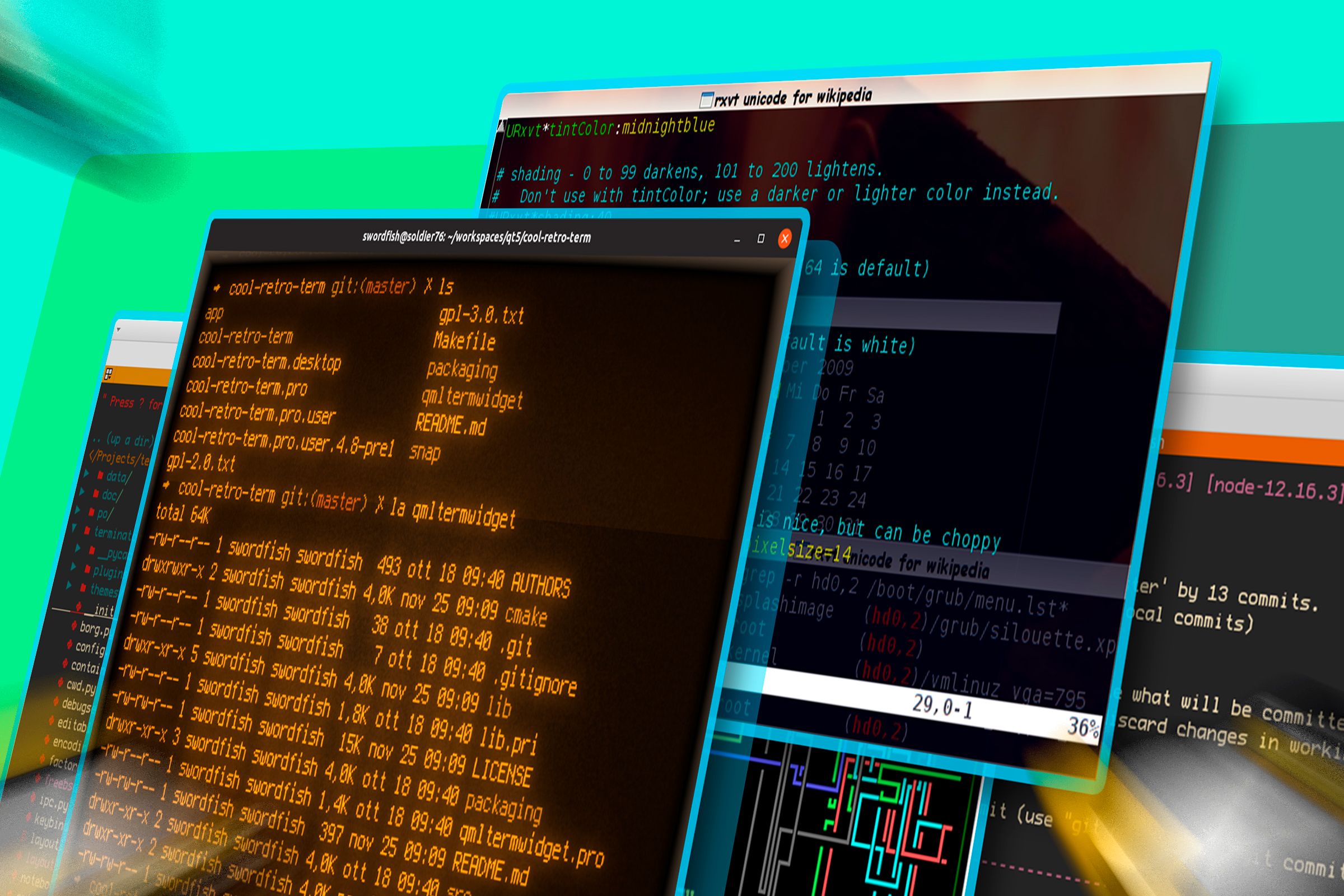
Related
Your Default Linux Terminal Emulator Is Dull, So Take These Alternatives for a Spin
Bored with the default Linux terminal? Try these exciting alternatives.


